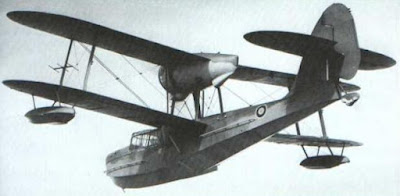The SdKfz 250 (Sonderkraftfahrzeug 250) was an armored half-track vehicle used by the German Army’s reconnaissance battalions during World War II. It entered service with the Wehrmacht in 1941. It was designed and developed by the firm Demag, which produced it in several versions, with the SdKfz 250/10, 250/2, and 250/3 being the main ones. It first saw combat action in July 1941 during Operation Barbarossa. It was one of the preferred armored vehicles employed by the Grossdeutschland Regiment and the Waffen-SS armored units to carry out reconnaissance missions.
The SdKfz 250/10 was a very effective model as it was also used to provide fire support to infantry units on the front line. This variant was armed with a 37mm anti-tank gun and a 7.92mm MG34/42 machine gun. The 250/2 was the command version and it was purely used in the reconnaissance role; it featured only the 7.92mm MG machine gun as its only weapon. Meanwhile, the 250/3 variant was the radio half-track vehicle, which was used by Rommel in North Africa. At the beginning it had a pair of tall antennas which could be spotted from a distance; then they were replaced by other types which could be folded down.
Specifications
Type: Armored Half-track Vehicle
Length: 4.56 m (15 ft)
Width: 2 m (6 ft 5 in)
Height: 1.66 m (5 ft 5 in)
Weight: 5.8 tons
Armor: 14.5-mm on the front, and 8-mm on the sides.
Power Plant: 6 cylinder, water-cooled, gasoline engine, delivering 100 HP.
Crew: 4 (SdKfz 250/10)
Below, the Sonderkraftfahrzeug 250/10 version. You can see its 37mm anti-tank gun
The SdKfz 250/2 on the Eastern Front.









































